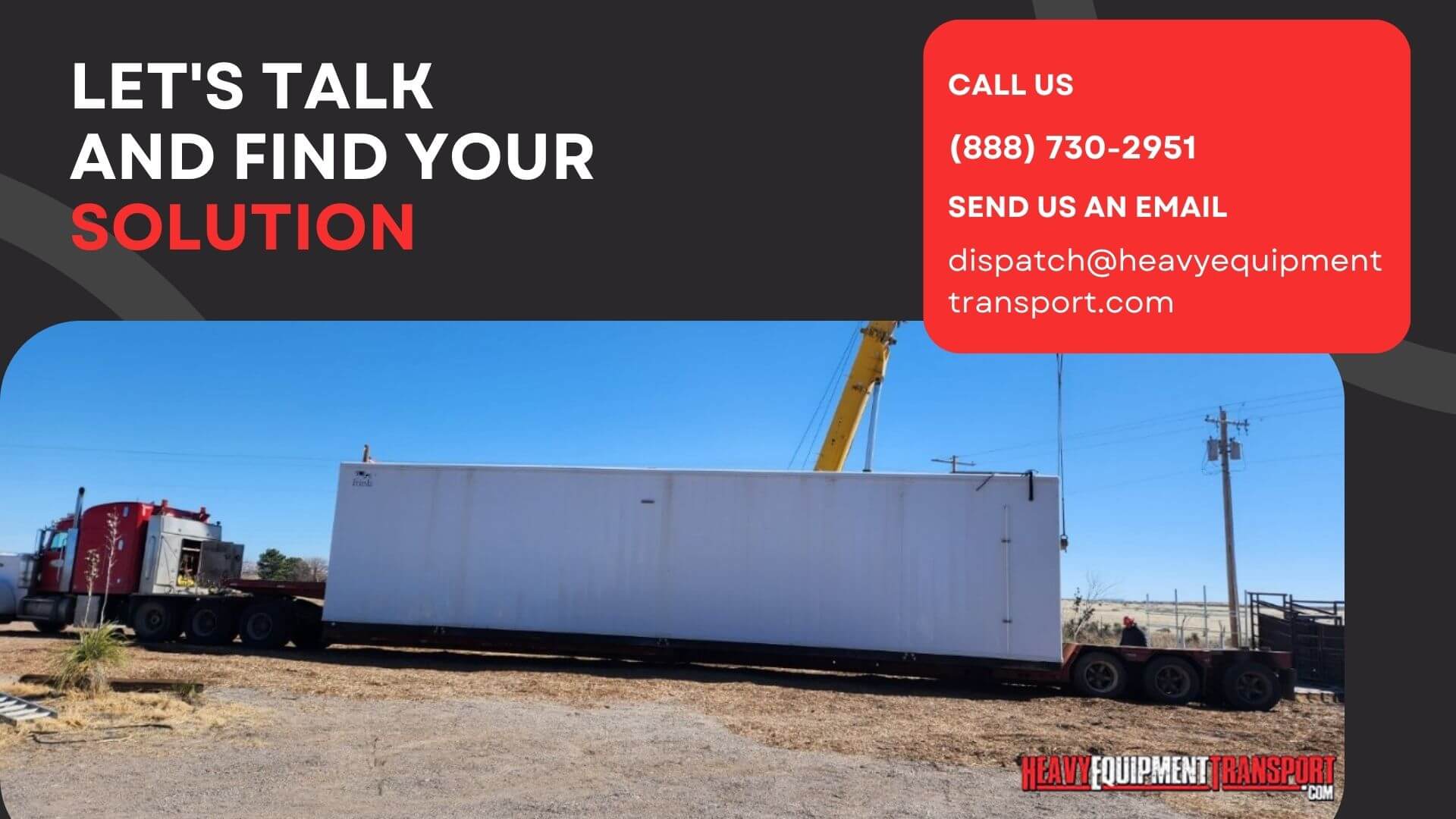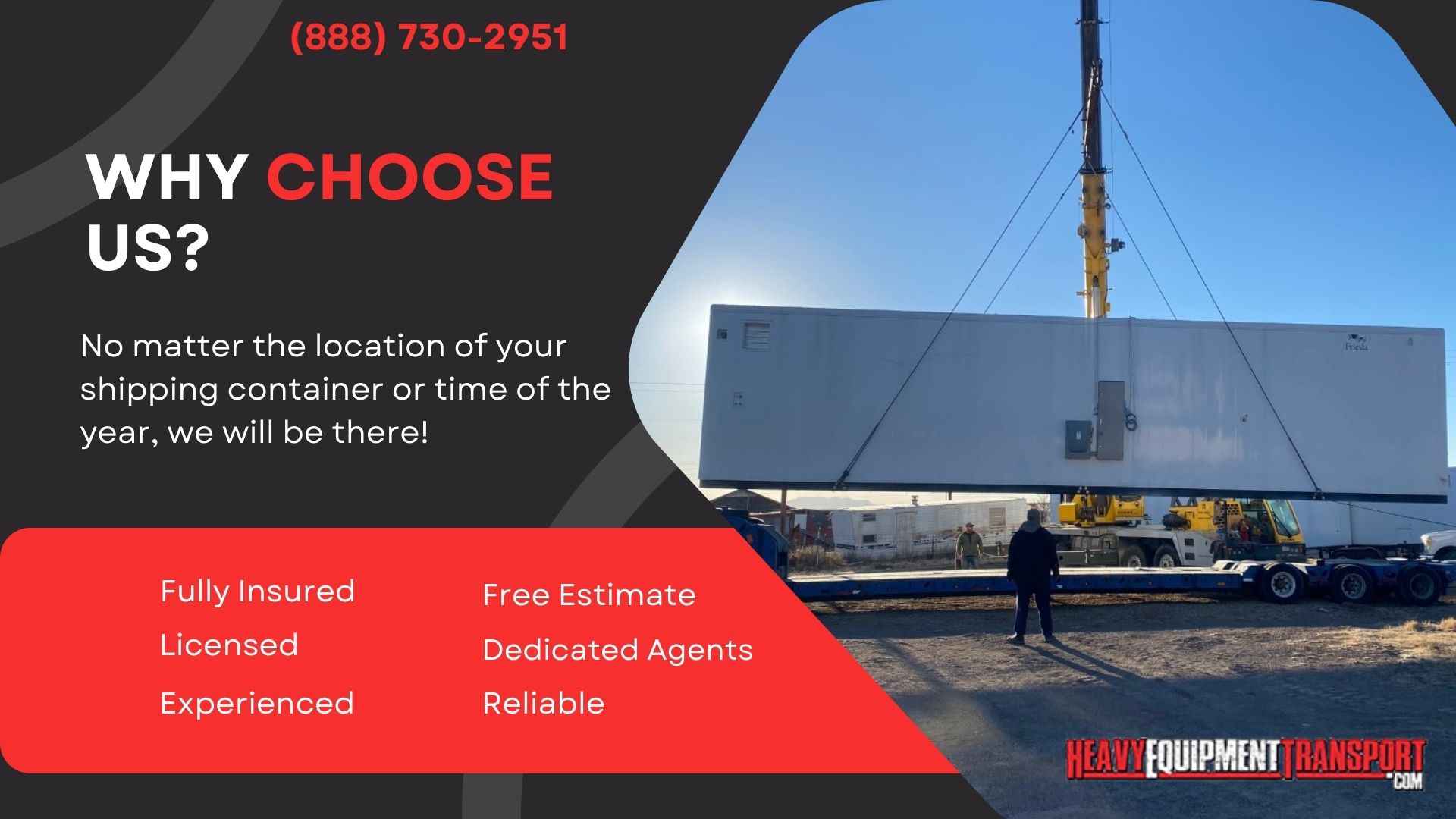Shipping Container Dimensions
EVERYTHING YOU NEED TO KNOW ABOUT SHIPPING CONTAINER DIMENSIONS AND SIZES WHEN TRANSPORTING
Updated: January 8, 2024
Knowing the size and dimensions of shipping containers allows you to plan your transport effectively. The standard shipping container sizes are 20ft shipping containers and 40ft. Most containers can be customized to fit specific needs. For instance, some convert standard shipping containers into container homes, container pools, and more. Learn about the outside and inside dimensions of shipping containers below.
Shipping containers, also known as intermodal containers, or intermodal freight transport, can be hauled by truck, rail, boat, and more. And because they have a variety of dimensions, this makes it easy for businesses and private residents to use containers for transport. Learn about the outside and inside dimensions of shipping containers now.


.jpg)

